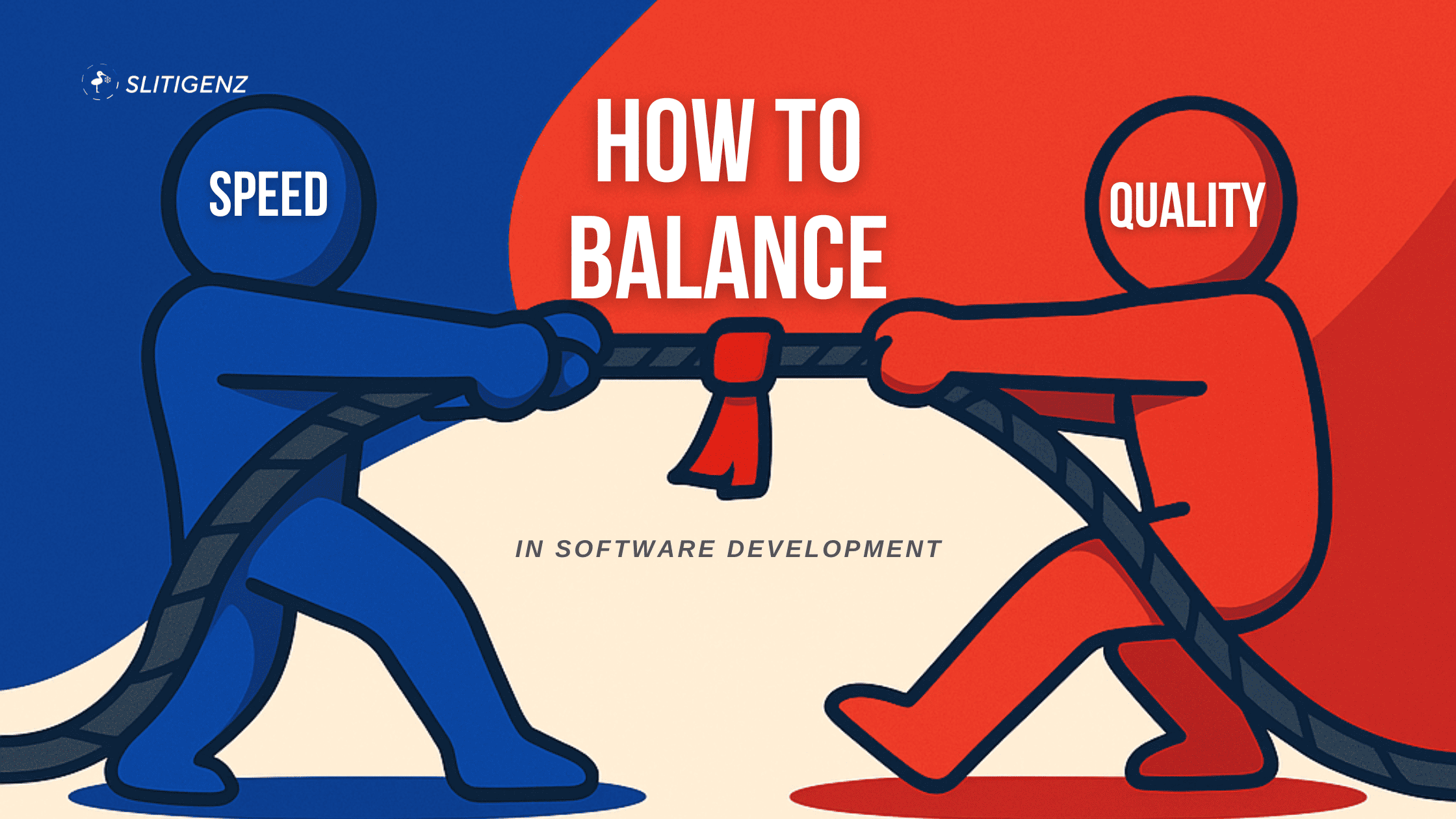If you’re planning to develop a product from scratch or extend your current development capabilities, having the right staff with technical expertise is crucial. If you don’t have the necessary experts on your team, outsourcing IT services may be a viable option. An outsourcing provider can supply you with augmented staff to scale up your in-house development team or a dedicated digital team that can transform your idea into a practical product. However, with the significant growth in IT outsourcing, choosing a reliable outsourcing provider can be a daunting task. In this article, we provide a plan with seven steps to help you identify the best IT outsourcing vendors. Before following these steps, you should create a checklist to evaluate IT outsourcing partners by determining the essential criteria to ensure the selection process is smooth. The seven steps involve analyzing your business requirements, requesting client references and testimonials, discussing availability, flexibility, and management systems, ensuring there are no communication barriers, checking infrastructure and technologies, evaluating pricing, and discussing legal issues. By following these steps, you can identify the best IT outsourcing partner that meets your needs and can help you achieve your business goals.
1. Analyze Business Requirements
Before reaching out to potential outsourcing partners, organizations should conduct an analysis of their business requirements and determine the most effective solution to achieve their desired outcomes. This involves identifying technical, business, and functional needs for which outsourcing is being considered, in order to find an appropriate IT partner with suitable capabilities. Factors to consider include the types of technical functions the company plans to outsource, whether a partial or complete project team is required, and the nature of the project being undertaken, such as a custom app, a platform, or a training simulator. Additionally, it is important to consider the tech stack currently in use, as working with familiar technologies can facilitate faster development and better results. Estimated deadlines should also be taken into account, as time-to-market is critical in the technology industry. It is essential to provide detailed information about the project goals to ensure that the outsourcing partner can deliver optimal results.
2. Research and Shortlist Potential Partners
After identifying the business requirements and technical functions needed, it’s time to research and shortlist potential outsourcing partners. This step requires thorough research and evaluation to identify the right IT partner.
Here are some tips to help you during this stage:
Research online: use search engines, business directories, and review platforms to find potential partners. Check their websites and social media accounts to get a feel for their business and services.
Ask for referrals: talk to people in your industry and ask for recommendations. This can save time and provide a reliable source of information.
Evaluate their expertise and experience: check the IT partner’s portfolio, reviews, and case studies to determine their skills and experience. Look for past projects similar to your requirements, and assess their performance and outcomes.
Consider their location and communication skills: communication is crucial in outsourcing. Consider the time zone, language proficiency, and communication channels they use to ensure smooth collaboration.
Assess their culture and values: culture fit is essential for successful outsourcing. Check their values, work ethic, and business approach to ensure a compatible partnership.
After shortlisting the potential partners, schedule meetings or calls to discuss their services, pricing, and timelines. Be sure to ask questions about their experience, methodology, and how they plan to deliver the project.
3. Choose the Right IT Partner
After evaluating all potential partners, it’s time to choose the right IT partner. This requires considering all factors, including expertise, experience, culture, and pricing.
Here are some tips to help you during this stage:
Check references: ask for references from their past clients and follow up with them to verify their experience and outcomes.
Negotiate pricing and contracts: discuss pricing models, payment terms, and contract details to ensure a mutually beneficial agreement.
Sign a non-disclosure agreement: outsourcing requires sharing sensitive information. Signing an NDA protects your business and ensures confidentiality.
Establish clear communication channels: establish communication channels and protocols to ensure smooth collaboration and problem-solving.
Set project milestones and expectations: set project milestones, timelines, and deliverables to ensure project success.
Overall, outsourcing IT services requires thorough planning, research, and evaluation to find the right partner. By following these steps, you can ensure a successful outsourcing experience and achieve your desired outcomes.
In addition, you also need to pay attention to the appropriate technologies that you want to apply in your project
4. Facilitate Effective Communication by Eliminating Barriers
When it comes to discussing project ideas, expectations, goals, and specific requirements, it is important that these details are effectively communicated to the intended recipients. Therefore, it is advisable to select an IT outsourcing team that can communicate proficiently in your language or the commonly used language, such as English.
According to a 2021 report by Statista, Vietnam has a significant English-speaking population, with approximately 86% of the people using English as their second language. This minimizes the language barrier and facilitates international collaboration. Choosing a technology vendor with a skilled and proficient workforce of English-speaking IT professionals can enhance the development process’s efficiency and ensure seamless communication.
Additionally, before engaging in outsourcing, it is essential to confirm that your potential dedicated team is available during designated times via email, phone, or messaging tools. This is especially crucial in addressing urgent issues. By ensuring excellent communication, you can work with your outsourcing partner effectively and ensure successful client-driven product development.
5. Please conduct an evaluation of the infrastructure and technologies in use
A service provider equipped with cutting-edge technology can effectively meet your company’s demands at an exceptional level. It is imperative that the outsourcing vendor’s IT infrastructure comprises state-of-the-art hardware and software components, a robust network of internet lines and phones, and seamless integration with your own technology.
Moreover, the IT partner may need to invest in implementing customized methodologies that are tailored to your business requirements. To efficiently address the constantly evolving customer needs, corporations must embrace the Scaled Agile mindset and framework, which is widely adopted by many organizations to boost productivity, expedite the development process, and enhance product quality to meet consumers’ evolving demands.
6. Assessing Financial Stability
When considering an IT outsourcing provider, it is essential to assess the prospective partner’s financial stability and long-term solvency. One effective strategy is to examine the backgrounds and qualifications of the service vendor’s directors and managers. This detailed analysis can help determine whether the outsourcing partner can meet your business’s specific needs and requirements.
7. Schedule Demos and Interviews
After narrowing down prospects through the aforementioned steps, it is necessary to schedule demonstrations or interviews. These demonstrations enable an assessment of the IT vendor’s proficiency and their ability to integrate their proposed solutions into the existing technical infrastructure. Additionally, by scheduling interviews, it is possible to evaluate the outsourcing partner’s ability to meet the company’s expectations and business requirements.
Before finalizing an agreement with a vendor, it is advisable to address the following queries:
- Does the proposed solution align with the needs of the company’s end users?
- Is the vendor’s team knowledgeable about the technology being offered?
- Was any inconsistency observed by the team during the demonstration?

AI is increasingly embedded in software engineering workflows, and selecting the right AI coding agent has become a key differentiator...

Speed and quality in software development are not mutually exclusive, but they are often in tension. Many engineering teams face...

Want to deploy a static website on AWS EC2 using Nginx in under 15 minutes? This guide will show you...

What Makes Grok-3 Stand Out? On February 18, 2025, Elon Musk and xAI officially launched Grok-3, an advanced AI model...

